- Importance of Timing to Open Roses in Spring
- 1. Maximizing Blooming Period
- 2. Preventing Frost Damage
- 3. Promoting Healthy Growth
- 4. Enhancing Flower Quality
- Conclusion
- Understanding the Best Time to Open Your Rose Bushes
- 1. Climate and Growing Zone
- 2. Frost Danger
- 3. Bud Development
- 4. Pruning Schedule
- 5. Maintenance and Care
- 6. Patience is Key
- Patience: The Key to Preserving Your Rose Bushes
- 1. Time for Proper Growth
- 2. Protecting Against Frost
- 3. Enhancing the Overall Beauty
- 4. Ensuring Longevity
- Factors to Consider When Deciding to Open Roses in Spring
- 1. Climate
- 2. Growth Stage
- 3. Pruning and Fertilization
- 4. Overall Plant Health
- Conclusion
- Temperature and Weather Conditions
- Health and Growth of the Rose Bushes
- Choose the Right Location
- Proper Watering
- Fertilizing
- Pruning
- Disease and Pest Control
- Winter Protection
- Methods to Encourage Rose Blooming in Spring
- 1. Pruning
- 2. Fertilizing
- 3. Watering
- 4. Sunlight
- 5. Disease and Pest Control
- Pruning and Trimming Techniques
- 1. Timing:
- 2. Tools:
- 3. Removing Deadwood:
- 4. Shaping:
- 5. Thinning and Crossing Branches:
- 6. Height Adjustment:
- 7. Pruning Hybrid Tea Roses:
- 8. Pruning Climbing Roses:
- 9. Clean-up:
- Questions and Answers:
- When is the best time to open roses in spring?
- What happens if I open roses too early in spring?
- How can I tell when it’s safe to open my roses in spring?
- Can I force my roses to open earlier in spring?
- Is it better to be patient and wait for my roses to open naturally?
- Videos: How to prune your climbing rose
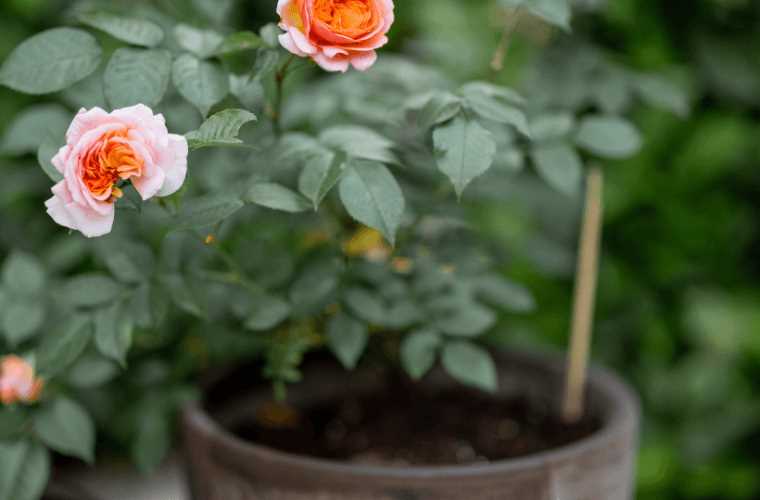
Spring is the time when roses come to life, bringing their vibrant colors and intoxicating fragrances to our gardens. It’s a time of anticipation and excitement for rose lovers, eagerly waiting for their beloved bushes to bloom. But when is the right time to open roses in spring?
While it may be tempting to force your roses to bloom early, it’s important to exercise patience and let nature take its course. Opening roses too early can lead to damage and loss of blooms, and even harm the overall health of your bushes. Instead, it’s crucial to wait for the optimal conditions for your roses to fully open and display their beauty.
One key factor to consider is the weather. Roses need a certain amount of warmth and sunlight to open fully. If you open them too early and a cold snap or frost hits, it can cause the buds to wither and die. Monitor the weather forecast closely and wait for consistent warm temperatures before opening your roses.
Another important consideration is the growth stage of your roses. Each variety has its own specific timeline, so it’s essential to know your specific rose’s blooming cycle. Keep an eye on the buds and closely observe their progress. Once you see the petals starting to loosen and show color, it’s a sign that your roses are ready to open.
In conclusion, patience is key when it comes to opening roses in spring. By waiting for the optimal conditions and closely monitoring the growth stage of your roses, you can ensure the long-term health and vitality of your beloved bushes. So resist the temptation to rush the process and let nature work its magic. Your patience will be rewarded with a stunning display of beauty in your garden!
Importance of Timing to Open Roses in Spring
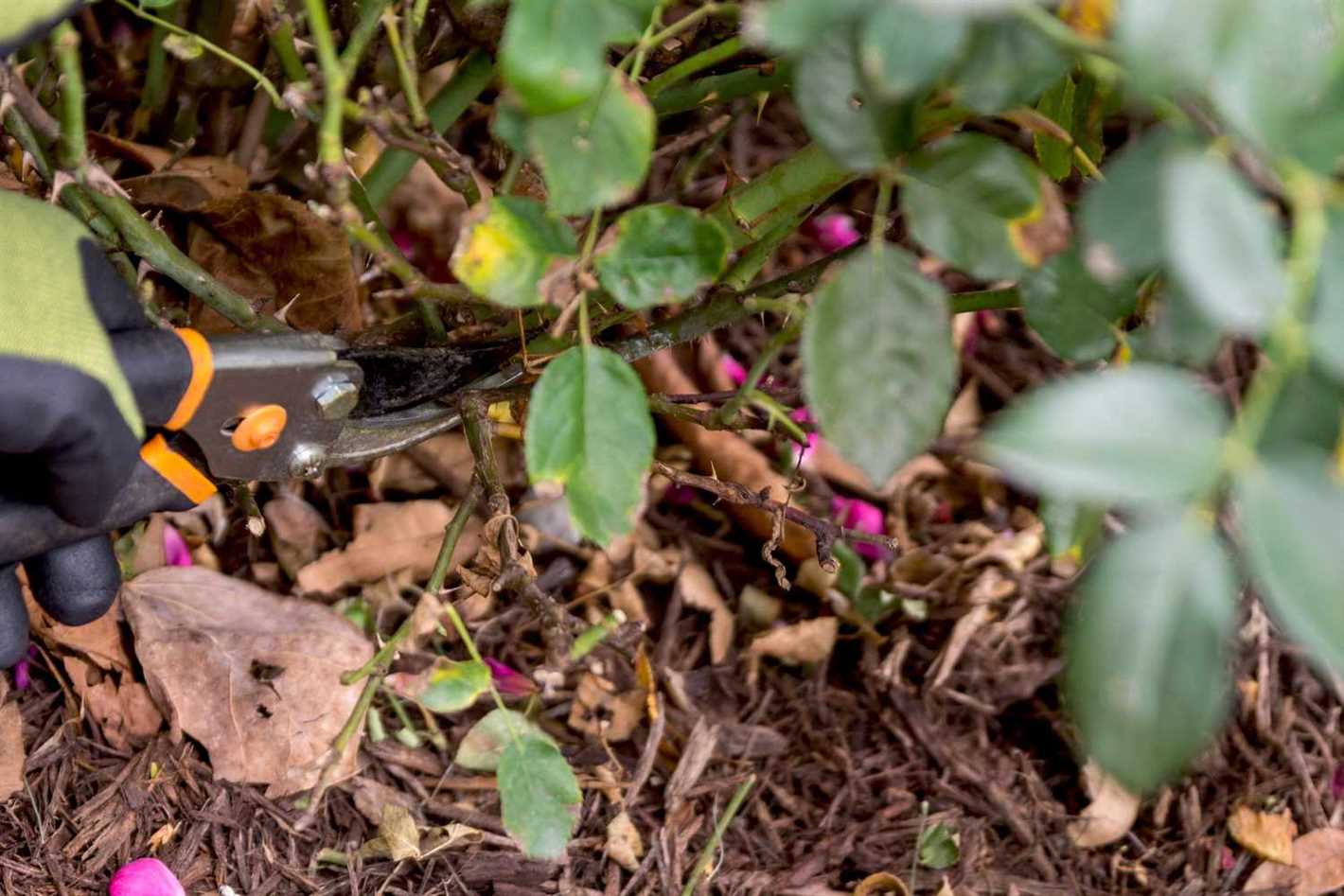

Roses are delicate flowers that require careful attention and timing in order to bloom properly. The timing of when to open roses in spring is crucial for preserving the health and beauty of your rose bushes. By understanding the importance of timing, you can ensure that your roses bloom to their fullest potential.
1. Maximizing Blooming Period
Opening roses at the right time allows you to maximize the blooming period of your bushes. Opening them too early or too late can truncate the blooming period, resulting in fewer flowers and a less vibrant display. By opening your roses at the optimal time, you can enjoy a longer and more abundant blooming season.
2. Preventing Frost Damage


Timing is also crucial to protect your rose bushes from potential frost damage. If you open your roses too early in spring when the threat of frost still exists, the delicate buds and flowers may be vulnerable to damage. It’s important to wait until the risk of frost has passed before opening your roses, ensuring that they can bloom without the threat of cold temperatures.
3. Promoting Healthy Growth
Opening roses at the right time promotes healthy growth and development. Timing plays a key role in allowing the rose bushes to properly establish and grow before they start to bloom. By opening the roses at the appropriate time, you give them the opportunity to develop strong and robust stems, leaves, and roots, setting the stage for a beautiful and thriving display of flowers.
4. Enhancing Flower Quality
The timing of when to open roses in spring can have a significant impact on the quality of the flowers. Opening them at the right time ensures that the blooms are at their peak freshness and beauty. Roses that are allowed to fully mature before opening will have larger, more vibrant flowers with stronger fragrances. Proper timing can result in higher-quality roses that are more visually stunning and enjoyable.
Conclusion
Timing is a critical factor in successfully opening roses in spring. By understanding the importance of timing, you can maximize the blooming period, protect against frost damage, promote healthy growth, and enhance the quality of the flowers. Patience and careful observation are key to ensuring that your rose bushes bloom to their full potential and bring joy and beauty to your garden.
Understanding the Best Time to Open Your Rose Bushes
Opening your rose bushes at the right time is crucial for their health and longevity. Here are some key factors to consider:
1. Climate and Growing Zone
The best time to open rose bushes can vary depending on your climate and growing zone. Roses generally thrive in spring when the temperatures start to rise, and the frost danger has passed. Check your local climate and growing zone to determine the appropriate time for opening your roses.
2. Frost Danger
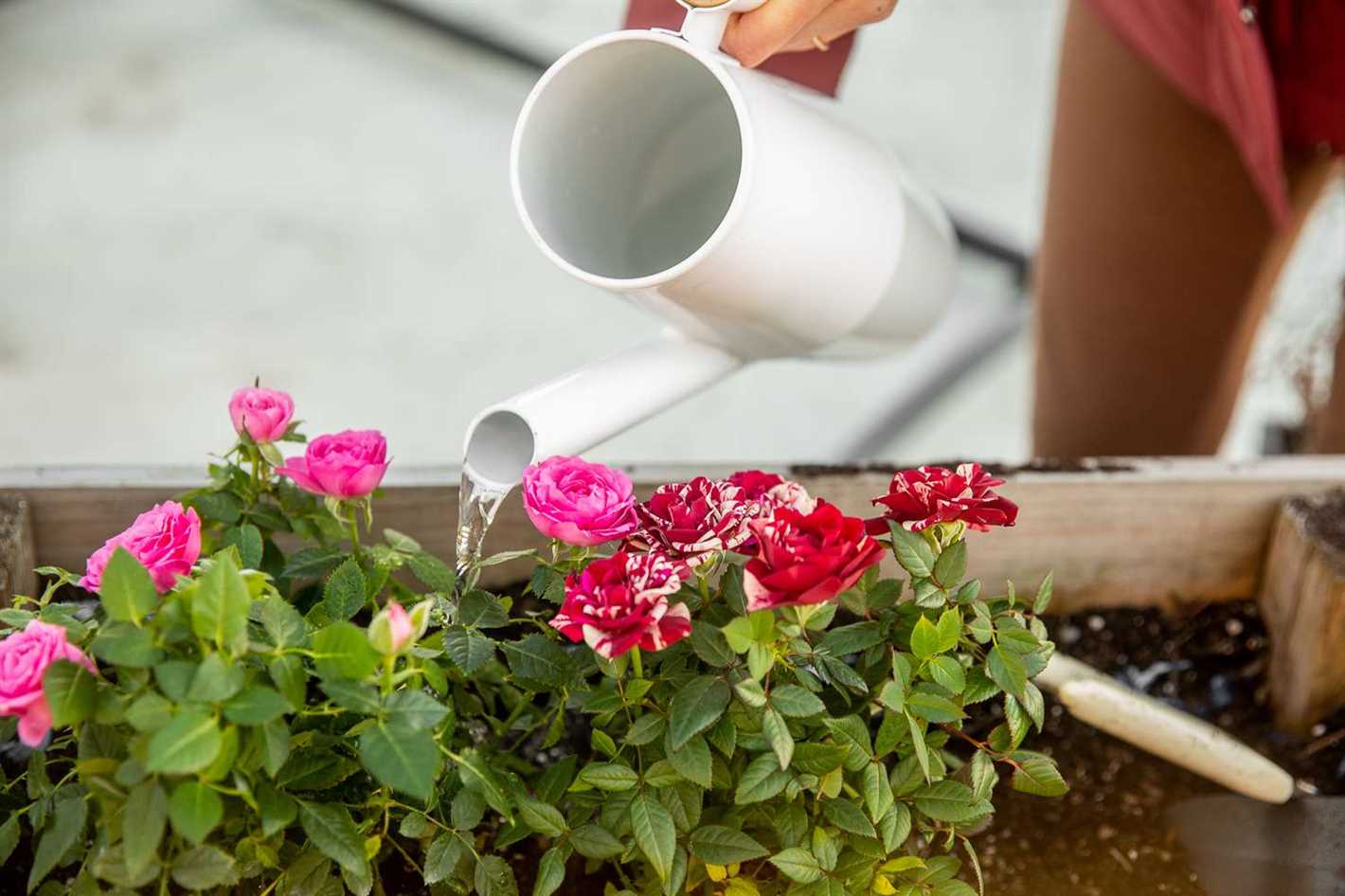

One important factor to consider is the frost danger in your area. Roses are sensitive to frost, and opening them too early can lead to damage or even death of the bushes. Keep an eye on the weather forecast and avoid opening your roses if there is still a risk of frost.
3. Bud Development


Observing the bud development of your roses is another way to determine the right time for opening them. As the buds start to swell and show color, it indicates that the roses are ready to open. This is usually a good sign that the weather conditions are suitable for their growth.
4. Pruning Schedule
If you follow a regular pruning schedule for your rose bushes, it can affect the timing of when to open them. Pruning stimulates growth and can help control the timing of bud development. Make sure to coordinate your pruning practices with the desired time for opening your roses.
5. Maintenance and Care
Caring for your rose bushes throughout the year is essential for their health and performance. Regular maintenance practices like watering, fertilizing, and pest control can contribute to the overall strength of the bushes. Healthy and well-maintained roses are more likely to open at the right time and produce beautiful blooms.
6. Patience is Key
Lastly, patience is key when deciding when to open your rose bushes. It can be tempting to rush the process and open the buds prematurely, but it’s important to wait for the ideal conditions. Trust the natural growth cycle of your roses and be patient until the time is right.
By considering these factors and being attentive to the needs of your rose bushes, you can ensure that they open at the best time and thrive throughout the blooming season.
Patience: The Key to Preserving Your Rose Bushes
Growing roses can be a labor of love, requiring not only skill but also patience. In the spring, it is crucial to exercise patience when it comes to opening rose bushes. Rushing the process can lead to damage and unsuccessful blooming. Here are some reasons why patience is the key to preserving your rose bushes:
1. Time for Proper Growth
Roses need time to go through their natural growth cycle. Rushing the opening of rose bushes can disrupt this cycle and compromise their overall health. By giving them the time they need, you are ensuring that they can develop strong roots and stems, which will result in healthier blooms.
2. Protecting Against Frost
Opening rose bushes prematurely can leave them vulnerable to late spring frosts. With patience, you can wait until the threat of frost has passed before allowing your roses to fully bloom. This will protect them from potential damage and help them thrive during the rest of the season.
3. Enhancing the Overall Beauty
Patience allows your rose bushes to reach their full potential in terms of size and appearance. By letting them develop naturally, you will be rewarded with fuller, more abundant blooms. This patience will result in a more visually stunning garden that you can enjoy throughout the blooming season.
4. Ensuring Longevity
By practicing patience and allowing your rose bushes to open naturally, you are promoting their long-term health and longevity. Rushing the process can stress the plants and weaken their overall structure, making them more susceptible to pests and diseases. So, it’s worth waiting for the right moment to achieve a healthier and more vibrant rose bush.
In conclusion, patience is essential when it comes to preserving your rose bushes. By allowing them to open naturally and following the right timing, you are ensuring their proper growth, protecting against frost, enhancing their beauty, and promoting their long-term health. So, sit back, relax, and let Mother Nature do her magic!
Factors to Consider When Deciding to Open Roses in Spring
Deciding when to open roses in the spring is an important decision for any rose enthusiast. Careful consideration of various factors can help ensure the health and longevity of your rose bushes.
1. Climate
One of the most crucial factors to consider is your local climate. Different rose varieties have different temperature requirements, and opening roses too early in the spring can expose them to potential frost damage.
Research the specific temperature tolerances for your rose varieties and monitor local weather forecasts. Wait until the risk of frost has passed before opening your roses to ensure their safety.
2. Growth Stage


The growth stage of your rose bushes is another important consideration. Opening roses too early when they are still in their dormant or bud stage can hinder their overall growth and development.
Observe your rose bushes closely and wait until you see visible signs of new growth, such as the emergence of leaves or shoots, before deciding to open them. This will give them the best chance to thrive and produce beautiful blooms.
3. Pruning and Fertilization
Before deciding to open your roses, it is important to ensure they have received proper pruning and fertilization. Pruning helps promote healthy growth and opens up the plant for better air circulation, reducing the risk of disease.
Fertilizing your rose bushes provides them with the necessary nutrients to support their growth and blooming. Wait until you have completed these essential maintenance tasks before considering opening your roses.
4. Overall Plant Health
Lastly, the overall health of your rose bushes should be taken into account when deciding to open them in the spring. If you notice any signs of disease, pest infestation, or weak growth, it may be best to delay opening the roses until the issues are resolved.
Regularly inspect your rose bushes for any signs of problems and take appropriate measures to address them. Opening roses when they are in good health will ensure they are able to fully benefit from the blooming process.
Conclusion
Opening roses in spring requires careful consideration of factors such as climate, growth stage, pruning, fertilization, and overall plant health. By taking these factors into account, you can make informed decisions that will help preserve the beauty and longevity of your rose bushes.
Temperature and Weather Conditions
The timing of when to open roses in spring depends greatly on temperature and weather conditions. Roses are sensitive plants that require specific conditions to thrive and produce beautiful blooms. Here are some factors to consider:
- Average Temperature: Roses generally begin to open when the average daily temperature reaches around 50 to 55 degrees Fahrenheit (10 to 13 degrees Celsius). This temperature range signals the plant that it’s time to start growing and producing flowers.
- Nighttime Temperature: It’s important to pay attention to both daytime and nighttime temperatures. If the nighttime temperatures consistently dip below freezing, it’s best to wait before opening your roses. Freezing temperatures can damage the budding flowers and harm the overall health of the plant.
- Daytime Temperature: Warm, sunny days with temperatures between 60 and 75 degrees Fahrenheit (15 to 24 degrees Celsius) are ideal for encouraging rose buds to open. If the temperatures are consistently too high, it may cause the flowers to open quickly and wilt prematurely.
- Rainfall: Roses need an adequate amount of water to thrive, but too much rainfall can be detrimental. Excessive moisture can lead to root rot and other fungal diseases. If the weather forecast predicts heavy rain or storms, it’s best to hold off on opening your roses until the conditions improve.
- Wind: Strong winds can damage delicate rose buds and cause them to break or fall off prematurely. If windy conditions are present, it’s advisable to wait until the winds calm down before letting your roses open.
Monitoring the temperature and weather conditions is crucial when determining the optimal time to open roses in spring. By understanding the needs of your roses and being patient, you can ensure the health and longevity of your rose bushes and enjoy their beautiful blooms to the fullest.
Health and Growth of the Rose Bushes
The health and growth of your rose bushes are essential factors in ensuring beautiful blooms. Here are some tips to help you maintain and promote the well-being of your rose bushes:
Choose the Right Location
- Roses prefer a spot with at least 6 hours of direct sunlight each day.
- Ensure good air circulation around the bushes to prevent the development of diseases.
- Avoid planting roses too close to trees or other plants that may compete for nutrients and water.
Proper Watering
- Roses require regular watering, especially during dry periods.
- Water deeply at the base of the plants, and avoid watering the leaves to prevent diseases.
- Use a drip irrigation system or soaker hose to provide a consistent and even water supply.
Fertilizing
- Apply a balanced rose fertilizer according to the manufacturer’s instructions.
- Start fertilizing in early spring and continue throughout the growing season.
- Avoid excessive use of nitrogen, as it can promote weak growth and increased susceptibility to diseases.
Pruning
- Prune your roses in early spring to remove dead or damaged wood and promote healthy growth.
- Remove any crossing branches or those that are growing towards the center of the bush.
- Cut the canes at a 45-degree angle, just above an outward-facing bud.
Disease and Pest Control
- Regularly inspect your rose bushes for signs of diseases or pests, such as black spots or aphids.
- Remove any infected leaves or stems and dispose of them properly.
- Consider using organic or natural methods to control pests, such as releasing ladybugs or using neem oil.
Winter Protection
- In colder regions, protect your rose bushes from freezing temperatures by mulching around the base.
- Cover the bushes with a layer of straw or burlap for extra insulation.
- Prune your roses in late winter or early spring before new growth begins.
By following these tips and providing the necessary care, you can ensure the health and growth of your rose bushes, leading to a bountiful display of beautiful blooms.
Methods to Encourage Rose Blooming in Spring
Roses are a beautiful and delicate flower that require a specific care routine to ensure maximum blooms in the spring. Here are some methods you can use to encourage your roses to bloom:
1. Pruning
Pruning is an essential step in encouraging rose blooming. Prune your rose bushes in late winter or early spring, before new growth begins. Remove any dead or damaged wood, as well as any branches that are crossing or rubbing against each other. Pruning helps to improve air circulation and sunlight penetration, which are vital for healthy rose growth.
2. Fertilizing
Proper fertilization is key to promoting rose blooming. Use a well-balanced rose fertilizer that is rich in nutrients such as nitrogen, phosphorus, and potassium. Apply the fertilizer according to the package instructions, usually in early spring when the new growth starts to emerge. This will provide the necessary nutrients for strong and healthy blooms.
3. Watering
Consistent and deep watering is essential for rose blooming. Keep the soil evenly moist, but not overly saturated, throughout the growing season. Water deeply at the base of the plants and avoid getting the foliage wet. Mulching around the base of the rose bushes can help retain moisture and prevent weed growth.
4. Sunlight
Roses thrive in full sun, so ensure they receive at least 6-8 hours of direct sunlight each day. Choose a location in your garden that provides ample sunlight and good air circulation. If your roses are not receiving enough sunlight, consider pruning surrounding trees or shrubs to allow more light to reach the plants.
5. Disease and Pest Control


Regularly inspect your rose bushes for signs of disease or pests, as these can hinder blooming. Treat any issues promptly using organic or chemical methods, depending on your preference. Common rose diseases include black spot, powdery mildew, and rust, while aphids and spider mites are common pests.
By following these methods, you can encourage your roses to bloom abundantly in the spring and enjoy a vibrant and colorful display in your garden.
Pruning and Trimming Techniques
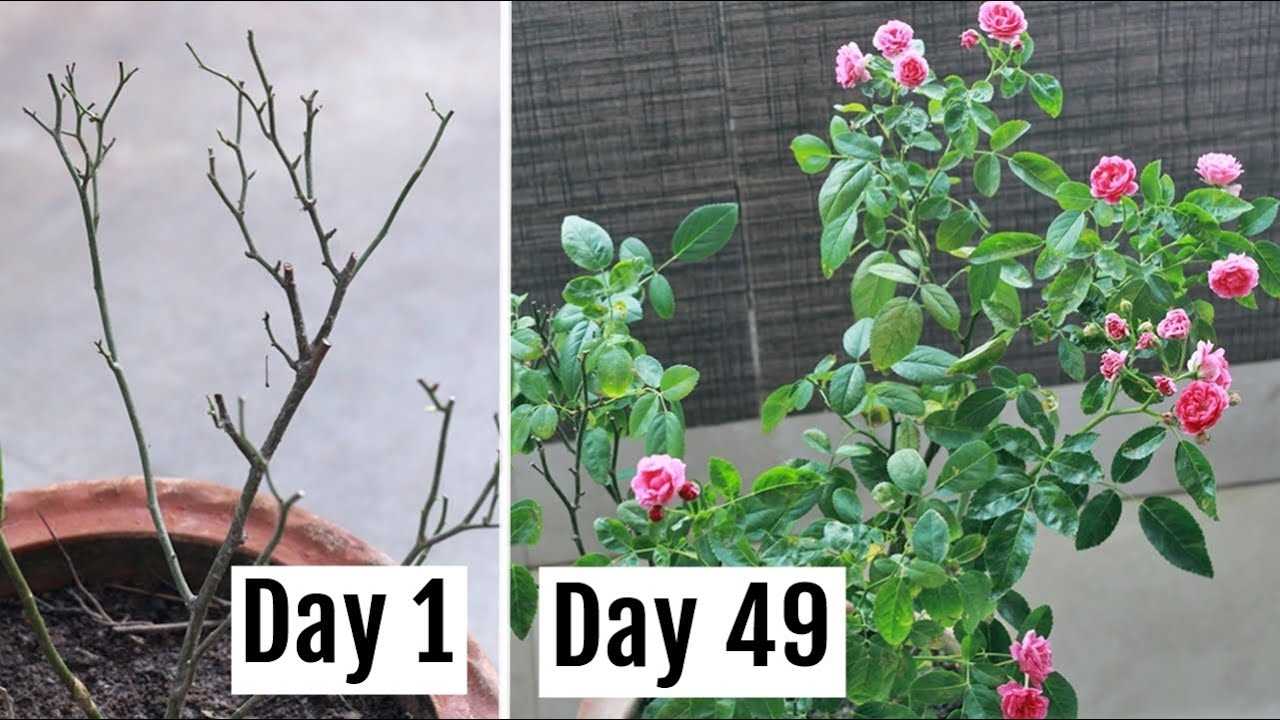

Proper pruning and trimming techniques are essential for maintaining healthy roses and ensuring a bountiful bloom. Here are some guidelines to help you achieve excellent results:
1. Timing:
It is crucial to prune and trim your roses at the right time to prevent damage and promote proper growth. The best time to prune roses is in early spring, just before new growth starts. However, different rose varieties may have specific pruning requirements, so it’s essential to consult gardening resources or seek advice from local experts.
2. Tools:
Using the right tools is essential for effective pruning and trimming. Invest in high-quality, sharp pruning shears or secateurs to make clean cuts without damaging the branches. Long-handled loppers are useful for thicker branches, while pruning saws are suitable for removing larger stems.
3. Removing Deadwood:
Start by removing any dead, damaged, or diseased wood. Deadwood can attract pests and diseases and hinder healthy growth. Cut back dead canes to the base or to a healthy bud union using a slanted cut, ensuring that the blade is clean between cuts to avoid spreading diseases.
4. Shaping:
To maintain an attractive shape and encourage proper air circulation, shape your rose bushes by pruning back long, straggly branches. Make clean cuts just above a bud that faces outward, as this will direct growth away from the center of the bush.
5. Thinning and Crossing Branches:


To allow sunlight and air to reach the inner parts of the rose bush, thin out crowded and crossing branches. Remove any branches that grow toward the center or rub against each other, as they can create wounds and invite disease.
6. Height Adjustment:
If desired, adjust the height of your rose bush by pruning back taller canes. Cut the stems at a 45-degree angle just above a bud facing in the direction you want new growth to occur.
7. Pruning Hybrid Tea Roses:
Hybrid tea roses generally require more vigorous pruning. Cut back these roses to about one-third of their height from the ground, leaving only healthy, strong canes. Remove any canes thinner than a pencil and trim away any branches that grow inward or cross other stems.
8. Pruning Climbing Roses:
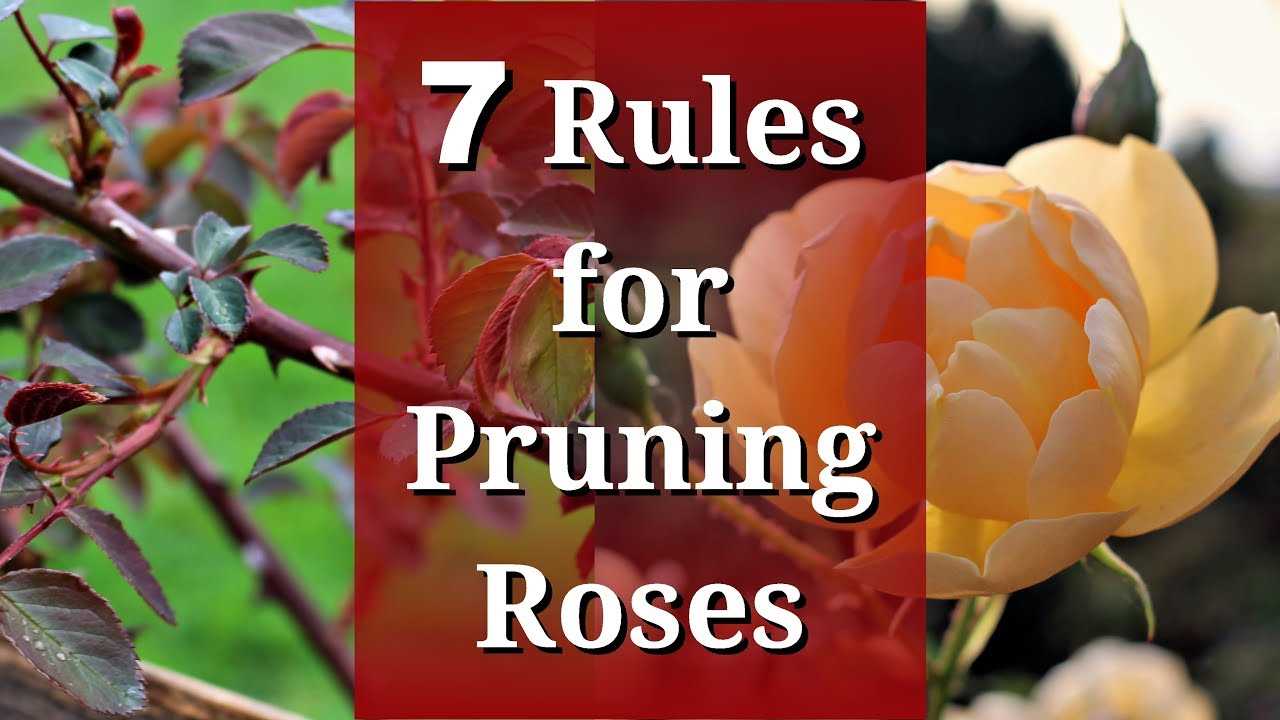

Climbing roses have unique pruning requirements. Remove any dead or weak wood and cut back any lateral branches to about three to six buds from the main stem. This will encourage new growth and promote a full, vibrant display of climbing roses.
9. Clean-up:
After pruning, it is essential to remove the pruned branches and debris from around the base of the rose bush. Discard any diseased wood far away from your garden to prevent the spread of diseases.
By following these pruning and trimming techniques, you can maintain the health and beauty of your rose bushes, ensuring a stunning display of blooms year after year!
Questions and Answers:
When is the best time to open roses in spring?
The best time to open roses in spring is when the weather starts to warm up and there is no longer a risk of frost. This is usually around mid to late spring, depending on your location.
What happens if I open roses too early in spring?
If you open roses too early in spring, they may be exposed to frost or cold temperatures, which can damage or kill the blooms. It’s important to wait until the risk of frost has passed before opening your roses.
How can I tell when it’s safe to open my roses in spring?
You can tell it’s safe to open your roses in spring when the weather consistently stays above freezing temperatures during the day and at night. You can also check with local gardening experts or consult a gardening calendar for your specific region.
Can I force my roses to open earlier in spring?
No, you shouldn’t try to force your roses to open earlier in spring. Roses have their own natural blooming schedule and it’s best to let them open at their own pace. Trying to force them open earlier can put stress on the plant and result in weaker blooms.
Is it better to be patient and wait for my roses to open naturally?
Yes, it is better to be patient and wait for your roses to open naturally. Rushing the process can result in weaker blooms or even damage to the plant. It’s important to let nature take its course and enjoy the beauty of the roses when they are ready to bloom.







